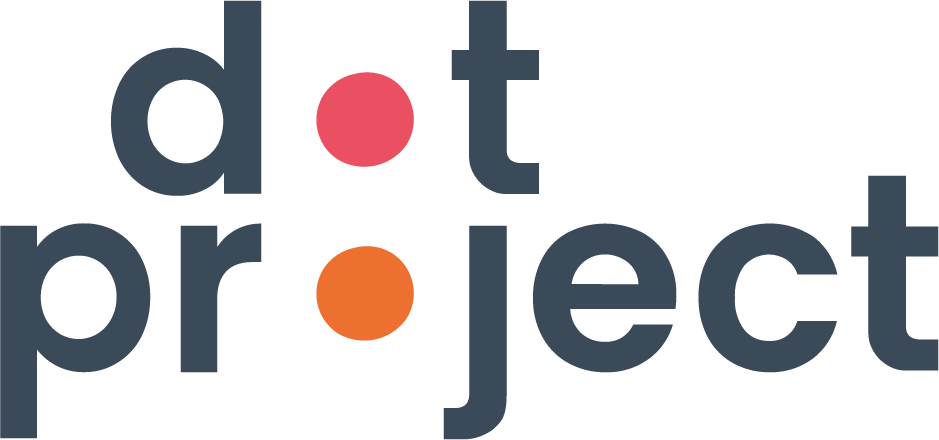How to develop a digital intent statement instead of a digital strategy
What to do when you lack the time, focus or skills to create a digital strategy. A shorter way to develop digital objectives for your organisation.
Whilst the process of creating a digital strategy for your organisation is a critical step, it is not always immediately possible.
If your organisation is in this situation, but still needs to define digital objectives, our advice is to develop a digital intent statement as an interim measure. This will create clarity on the purpose, goals, and desired outcomes of your digital initiatives or projects.
You need this clarity:
for successful funding bids and Board discussions.
your organisation’s people need this clarity so they have direction in how they approach and use digital in their work.
Follow these steps to develop an initial digital intent statement. This process should be approached as a team, try working rapidly over 1 week and see how far you get. You may need more time if some of your organisational goals and objectives are not clear:
Step 1 Define the Purpose:
How does the way you use digital connect to your overall organisational goals and strategies? Define why you use digital and technology. This helps to ensure a cohesive approach and ensures that your digital initiatives contribute to the overall goals of your organisation.
Step 2 Identify Stakeholders:
List all the stakeholders involved in or affected by your digital initiatives. This can include internal teams, external partners, and end-users.
Step 3 Specify Goals and Objectives:
Clearly state the goals and objectives of your digital initiatives. Consider both short-term and long-term objectives.
Step 4 Describe Scope and Boundaries:
Clearly define what is included in your current digital approach and what is not. This helps manage expectations and prevents scope creep.
Step 5 Define Target Audience:
Identify and describe the target audience or users for your digital initiative. Understanding the needs and preferences of the users is crucial for success.
Step 6 Articulate Desired Outcomes:
Clearly state the desired outcomes and benefits of your digital initiatives. What positive changes or improvements do you expect to see as a result of them?
Step 7 Highlight Key Features and Functionality:
Outline the key features and functionalities that your digital initiatives offer. This helps in aligning the development and design efforts with the overall intent.
Step 8 Consider Constraints and Risks:
Acknowledge any constraints, limitations, or potential risks associated with your digital initiatives. This could include budget constraints, technical limitations, or external factors.
Step 9 Get Input and Feedback:
Collaborate with key stakeholders and team members to gather input and feedback on the digital intent statement. This helps ensure that different perspectives are considered. Invite digital expertise into the process. This could be Board Members, other charities or digitally astute team members.
Step 10 Revise and Finalise:
Based on the feedback received, revise and finalise the digital intent statement. Make sure it accurately reflects the collective understanding and agreement of your purpose and goals.
Once you have a well-crafted digital intent statement, start to put it to action. As you begin to use your digital intent as a live document to inform decision making, evaluate, adjust and iterate the document.
This process will ultimately enable you to develop your document into a more comprehensive digital strategy. It can help to keep everyone focused on the intended outcomes and align efforts towards a common vision.
